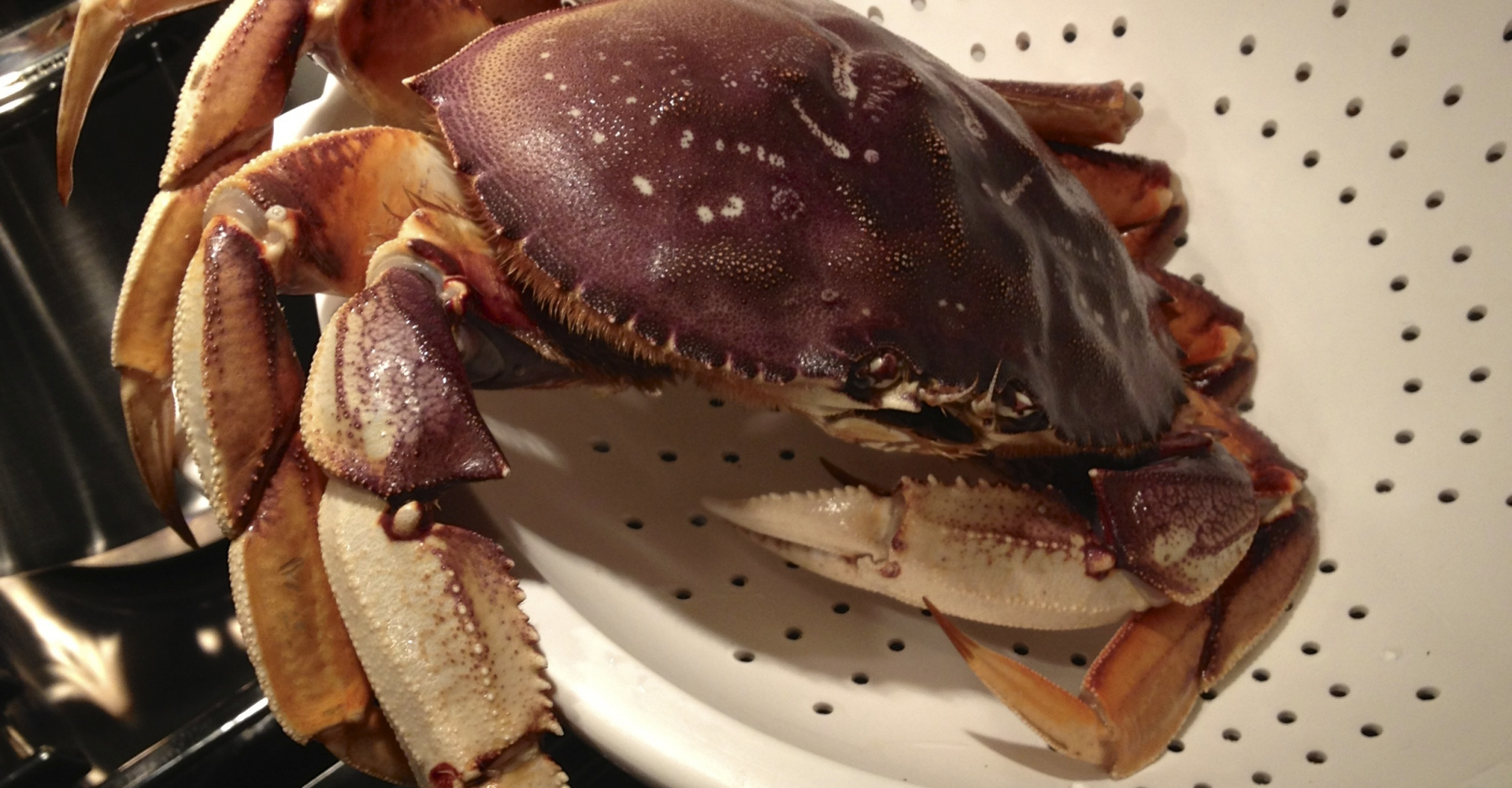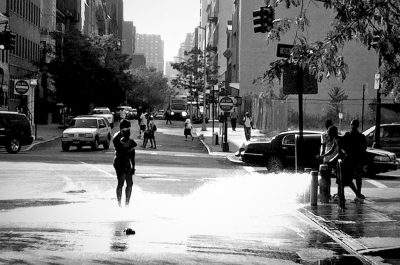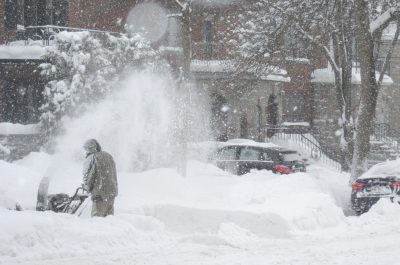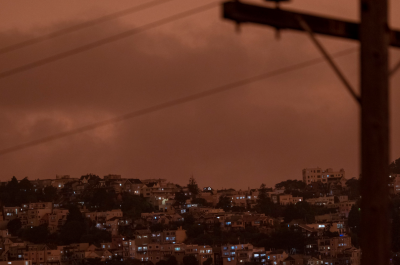Dungeness Crab for Christmas is a San Francisco Bay Area tradition. In our family, cracked crab comes from Cook’s Seafood, a market in downtown Menlo Park. Christmas Eve as far back as I can remember, we have torn into a butcher-paper-wrapped pile of crab, piled it a half a foot high on platters, and we sit down – little crab forks ready for deeper mining of the knuckle. There’s clam chowder, sourdough, and plenty of white wine to fill in the space between crab bites. You need sharp elbows to catch the fattest, meatiest bits. My mother long prided herself on grabbing more claws than her sister-in-law.
This year, however, my sister has observed that Cook’s hasn’t got crab for our usual feast. So she’s sending me increasingly urgent messages. What’s up with the crab?
Well, there’s a good reason Cook’s isn’t taking orders: California has shut the $200 million dollar-a-year Dungeness crab fishery down. Tests by the California Department of Public Health reveal high levels of a neurotoxin called domoic acid in rock and Dungeness crab. DA, as it’s called, is associated with certain kinds of algal blooms. Dungeness feed on the algae – and the toxins come along for the ride. People exposed to it are at risk of vomiting, diarrhea, headache and dizziness, at the low end, and seizures, memory loss, coma or death at the high end.
D is for…Domoic
Blooms of Pseudo-nitzschia, the algae organism which give off the toxin, are a somewhat regular occurrence in Monterey Bay. But this is the first time anyone can remember the Dungeness Crab fishery being closed for this reason in December. Usually, it’s not warm enough at this time of year in the Pacific to nurture these levels of algae and DA. It’s also pretty unusual to find DA pretty much along the length of California’s coast.Marine scientists blame the Dungeness problems in part on “The Blob” – a 1000-mile long patch of warm Pacific water nestled in the northwestern crook of the continent of North America over the last couple of years. They don’t know why “The Blob” is there. But they say they expect climate change to make future blobs more common.
Another climate event, El Nino, has been conveying warm waters to the West Coast along and above the equatorial belt. Together these two phenomena are forming a sort of hot tub, beloved by many algae species but threatening to the usual functions of the marine food web off the West Coast.
The toxin has already made life rough for Pacific coastal seals. For one thing, they don’t have public health officials to test their food before they eat it, and seals consumed plenty of DA this year. In addition, many fish species that prefer colder water have moved way offshore – including the ones that seals eat. So seals travel further, becoming exhausted, and get sick while seeking food.
The National Oceanic and Atmospheric Administration has called this an “unusual mortality event.”
Knowing when your seals – and your crab – are going to be threatened is difficult. NOAA and UC Santa Cruz are modeling ocean circulation patterns and using satellite data to try to predict immediate-term DA events, ones that could pop up within a matter of days. But a fuller understanding of the complex ocean systems that influence longer-term blooms remains elusive. Climate change has a role, but not all changes in climatic systems can be pinned on global warming, so scientists are cautious about pointing fingers at a cause while they continue to research.
D is for…Desperately seeking a Christmas Eve substitute
For now, my sister and I are regularly checking in on the California Department of Public Health’s crab test results. Because until and unless Dungeness come back clean over a series of tests a week apart, we’re going to have to find something else for dinner.
And that’s making my sister…crabby.
Photo via Flickr/Andrew3000




